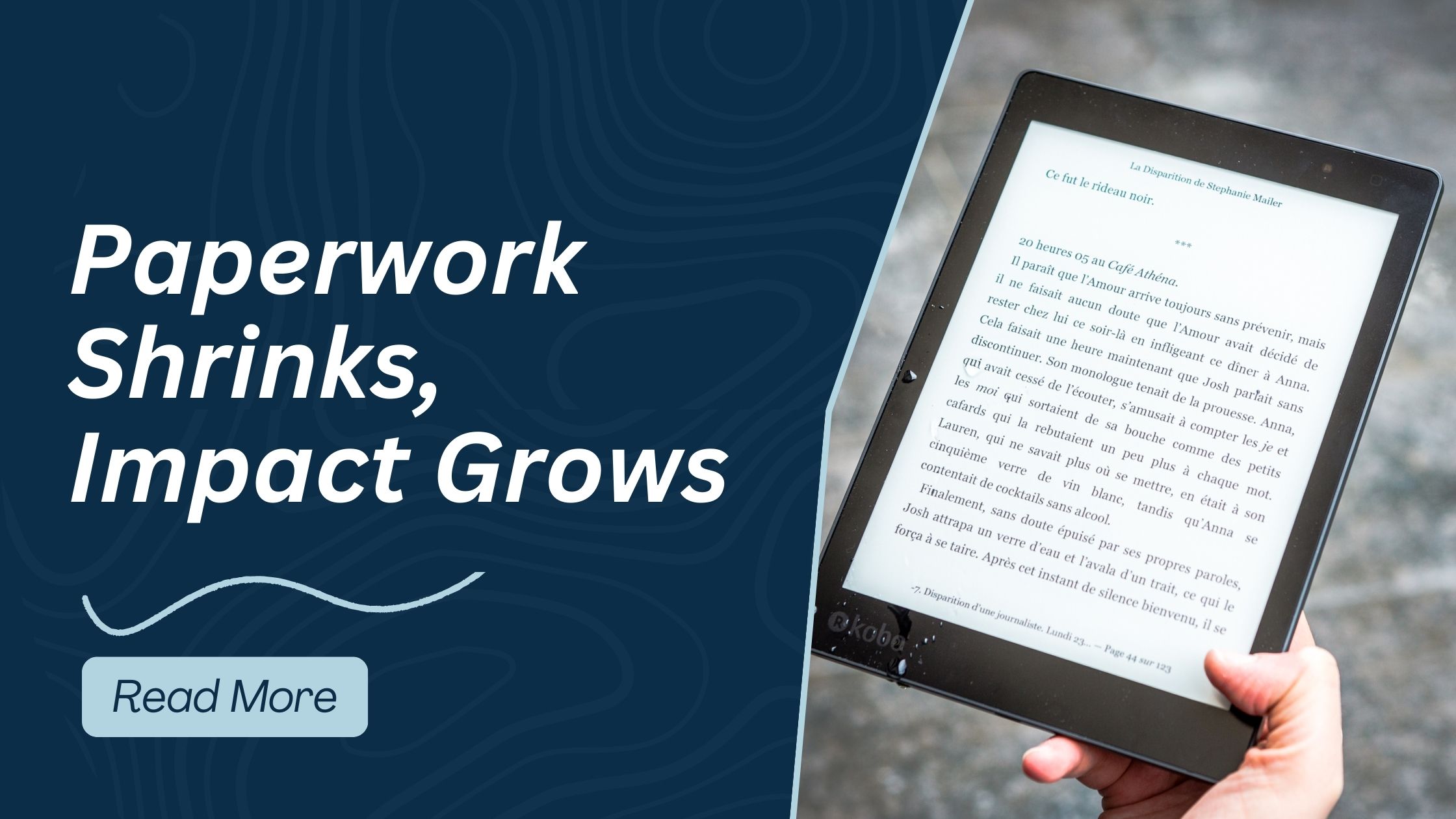In the digital age, insurers face a persistent challenge: reducing errors and inaccuracies in the insurance process. These faults can occur during underwriting, claims handling, or customer interactions, often caused by inconsistent or unverified data. The good news? The solution doesn’t require intrusive data collection but rather lies in ecosystem partnerships.
Why Ecosystem Partnerships Are Essential
Insurance thrives on trust and precision. Errors, fraud, or misrepresentation can lead to significant operational costs and erode customer confidence. Instead of relying solely on internal checks or extensive pre-access to customer data, insurers can now leverage ecosystems that inherently maintain integrity.
By aligning with trusted ecosystems—such as established commercial platforms, professional networks, or verified community groups—insurers gain access to a pool of customers who are already filtered and credible. These partnerships act as a gatekeeper, reducing the likelihood of faults before they even arise.
Examples of Fault Prevention Through Ecosystems
Rather than directly accessing data from individuals or organisations, insurers can rely on the built-in safeguards of these ecosystems to enhance accuracy and trustworthiness. Consider these scenarios:
1. Commercial Clients:
When offering group insurance to employees of a reputable company, the ecosystem ensures that only legitimate, active employees are included in the coverage, eliminating the risk of false claims or fraudulent applications.
2. Professional Associations:
By collaborating with trade or professional organisations, insurers can confidently offer tailored policies to members, knowing they meet specific eligibility criteria, such as licensure or credentials.
3. Community Networks:
Partnering with trusted local or digital communities allows insurers to reach pre-vetted groups, reducing the risk of fraud or misrepresentation from individuals outside the network.
In these cases, the ecosystem itself filters and verifies members, meaning insurers benefit from the credibility of the partnership without the need for direct pre-access to sensitive data.
Building a Trust-First Model
Ecosystem partnerships shift the focus from data collection to trust by association. By working with well-established ecosystems, insurers can streamline processes, minimise errors, and enhance the customer experience. Clients feel secure knowing their personal information isn’t unnecessarily shared or scrutinised while insurers enjoy reduced fault rates and increased operational efficiency.
How Insurers Can Leverage Ecosystem Partnerships
To maximise the benefits of this model, insurers should:
1. Identify Trusted Ecosystems:
Collaborate with organisations or platforms that have built-in safeguards and verified membership processes.
2. Focus on Integration:
Ensure systems and processes are aligned with ecosystem partners for seamless interactions and scalability.
3. Communicate the Value:
Highlight to customers how these partnerships enhance their security, reduce errors, and improve the overall insurance experience.
A New Era of Fault-Free Insurance
Ecosystem partnerships represent a shift toward a more collaborative, trust-driven insurance model. By relying on pre-vetted networks, insurers can reduce the risks of errors and fraud while maintaining a smooth, customer-friendly approach.
The future of insurance is not just about data—it’s about building relationships with ecosystems that inherently uphold accuracy and trust.

.png)


